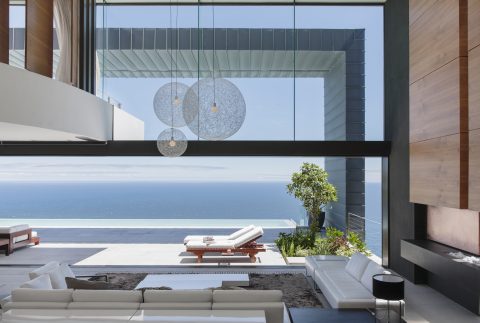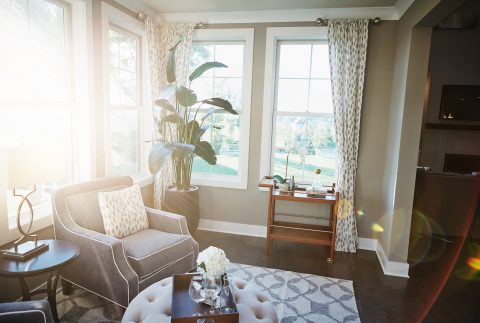Success Story: University of Arizona used Panorama to Reduce Energy Costs 30% in Just the First Month
The University of Arizona Chooses Solar Gard Panorama Window Film to Reduce Energy Costs
The University of Arizona in Tucson is committed to “Greening the Campus,” a campus-wide initiative to minimize the ecological footprint of the university. Like many other schools nationwide, the University of Arizona strives to develop sustainability practices despite challenges including old construction, aging utility systems and a lack of financial resources. In addition, the university is also challenged with the high cooling costs associated with Arizona’s hot climate and renovation standards set forth by the University of Arizona’s Historic Preservation Plan.
When confronted with soaring energy costs and unstable temperatures in classrooms, facility management officials needed to solve the problems in a way that would stay true to their mission of ecological responsibility while keeping costs down and adhering to building restrictions. Facilities Management Director Al Tarcola thought that retrofitting the university windows with window film might provide a solution.
Local Solar Gard Elite dealer, Tim Burns of Sierra Sun Control, installed virtually invisible Solar Gard Panorama Hilite 70 film on the windows in the university’s Bio-Sciences East building. Using Solar Gard’s energy analysis tools and mounted temperature gauges, he was able to record actual temperature reduction and energy savings. Once the film was installed throughout the building, students and faculty immediately felt its cooling effects. Temperature peaks fell significantly. The maximum inside temperature before the installation was 119.5° F, which dropped to 85° F after the film was installed.
Utility usage fell drastically because the Solar Gard Panorama film reduced the need for air conditioning. In the month after the installation, energy use fell by 30% compared to the same month the previous year, according to preliminary data.
The initial results of installing Panorama film were a dramatic success, significantly lowering energy use, cutting cooling costs and increasing the comfort of students and faculty. Electricity use fell sharply because the window film reduced the need for air conditioning. The table below shows savings in energy use after installing Solar Gard Panorama film.
Because Solar Gard Panorama window film better regulates internal temperatures by preventing heat infiltration, energy use fell as the number of cooling degree days – those days when it was hot enough to require the use of air conditioning – leveled out.
To determine the effect of Solar Gard Panorama window film, cooling days were reviewed for both 2008 and 2009. This effect is analyzed by reviewing BTU (the amount of heat needed to raise
the temperature of one pound of water one degree Fahrenheit), energy used (mmbtu), and the number of cooling degree days (CDD). Cooling degree days are the number of degrees at which cooling must occur multiplied by the number of days, so the function is weighted (two days at one degree is the same as one day at two degrees). By dividing energy use by the number of cooling degree days, the amount of energy used per CDD is given.
Installation Summary
Problem:
- High energy costs associated with air conditioning
- Heat gain
Solution:
- Solar Gard Panorama Hilite® 70
Benefits:
- Lower energy costs
- Lower temperatures inside classrooms
- Complied with renovation standards set forth by the University of Arizona’s Historic Preservation Plan



